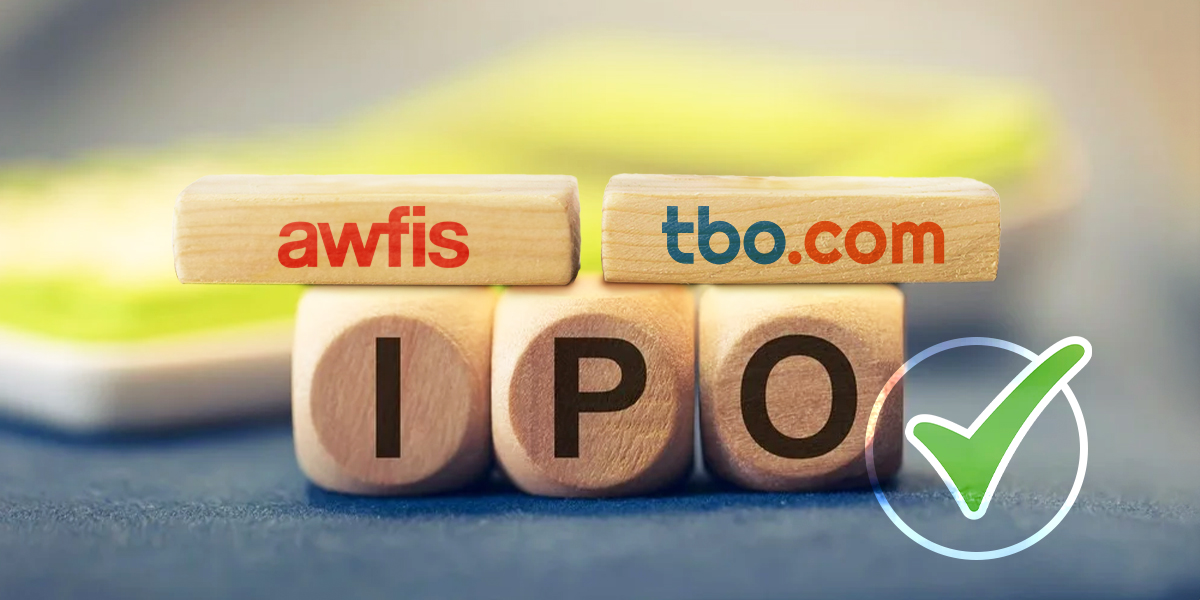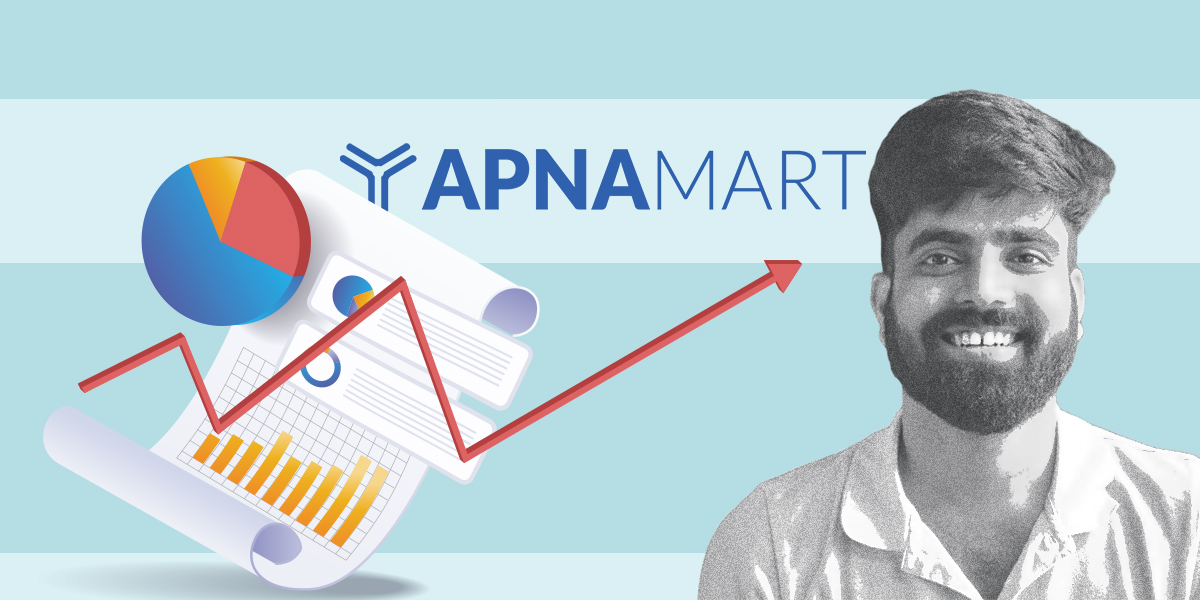With increasing penetration of high-speed internet (3G & 4G) and cheap smartphones, consumption of news is shifting towards digital. Emergence and success of short format news content apps such as Dailyhunt, In Shorts and UC News, are the testimonial to it. While the aforementioned apps have a significant readership in English language, Newsdog (referred as India’s smallest and fastest news app) has been focusing on vernacular languages.
Within a year of operations, Newsdog covered 10 main languages including Hindi, Bengali and Kannada among others. Currently ranked second among the news apps on Google Play Store Newsdog takes only 3MB of space.
The company behind Newsdog is only two years old. Its founder and CEO Chen Yukun graduated from the department of computer sciences at Tsinghua University. In an exclusive interview with Entrackr, Yukun opens up on varied topics including status quo of news aggregation space in India, the role of local languages, copyright issue, and experience of running an overseas team. Edited excerpts:
Entrackr: You co-founded Umeng, a company with which you had already achieved great success. What prompted you to start another venture in India?
Chen: India currently has the highest potential returns in terms of population size, which is exciting for Chinese entrepreneurs like me. Also, I am an engineer. So, my skills lie in developing new technologies. In 2015, I left Umeng with the intention of taking a technology-development team to India.
Entrackr: What is the market like for news aggregation platforms in India? What are the characteristics of this market?
Chen: The market is very large and it’s growing. Smartphones are also becoming increasingly popular in India. According to various studies, around 700 million people will have smartphones by 2020. India’s mobile internet is not only fast, but it is also cheap, which is a great natural advantage for those of us trying to push news aggregation apps in India.
What distinguishes the Indian market from other places is the variety of languages and distinct social strata. There are dozens of languages in India, and each language group has different levels of income and spending habits. This is an important feature of our client base, something we discovered after entering the Indian market
Entrackr: What sort of measures have you taken to account for the diversity of languages?
Chen: Within one year, we were able to cover the ten main languages in India, something we achieved primarily through a combination of technology and the help of the local Indian team. A large amount of data and an advanced algorithm architecture allows us to be able to support a new language in two weeks.
Our core technologies include data platforms and algorithms. The ability to deal with the data is critical. We construct our data platforms using Spark Streaming, Kafka and Hive. Even dealing with rankings of some ten million elements, complex algorithms that accurately output customised personal recommendations to users can complete an operation in about 100 milliseconds.
Large-scale output and high operational requirements are made possible by data. Based on this data platform, we have built a programming architecture that includes tens of millions of high-dimensional features and algorithms. There are also real-time machine learning frameworks to optimize our performance with regard to a combination of targets, such as click-rate, duration spent on each article and so on.
After a long period of data accumulation and model training, we are now able to deliver to users in 100 milliseconds, the results of a series of complex calculations – a set of recommended articles which now has a click-rate of almost 20%.
NewsDog is not a media platform but a recommendation engine. First, we built a programming architecture based on data platform technology and we continue to analyse the data every day in order to keep strengthening the personalised algorithms.
Secondly, we made an effort to attach importance to minority language users and prioritise their needs.
Entrackr: What have been your experiences running an overseas team?
Chen: 70% of our team is responsible for the technology. The remaining 30% are responsible for the operation. We attach a great deal of importance to all of our staff’s ability with numbers. Apart from our engineers, staffs involved in operations and all levels of production are free to make decisions based on data.
We also make an effort to find employees with an open mind and a willingness to understand Indian people and the market. A lot of new ideas are able to come about through their close contact with Indian colleagues as well as the user base. For example, the ideas for channels focussing on local news, star signs, Kabaddi and so on all came out during casual conversation. Then we analyse the data and find a way to get the project online.
We also organise regular training and invite Indian colleagues and Chinese employees living in India to share various aspects of life and work in India, all with a view to helping the team to understand the market.
Entrackr: Apart from the question of multiple languages, had there been any other challenges? How did you go about solving them?
Chen: The copyright issue was a challenge but we fixed it in the end.
In 2016, in the early stages, we did not have enough content, and we took media content from other places. So by the second half of 2016, there were a lot of copyright disputes. This meant we had to find solutions for the copyright problem.
Earlier this year, our user-generated content platform went online which solved the problem of content sources. The user-generated content platform was a watershed moment in the development of NewsDog. After that, user-generated content meant we were able to provide more content than traditional media. A substantial proportion of our viewed content is now user-generated.
Last year, we were simply a platform that gathered content from various sources. Now we have evolved into a platform that offers both professional- and user-generated content.
Entrackr: So how does NewsDog attract Indian media?
Chen: The most direct method is our incentive system. An index is calculated based on the media’s content quality, the degree of interaction between the author and the reader and the degree of specialisation etc.
This index and the click-rate determine the rates offered for content. In order to maintain a balance in content we will occasionally encourage certain content with low traffic but of high quality by giving the author an incentive index boost. This is in order to ensure the app maintains a high level of quality content.
Entrackr: The most popular news aggregation platforms in India are UC News, NewsDog and Dailyhunt. How does NewsDog differentiate itself from the other two platforms?
Chen: These three are India’s most influential news aggregation platforms, but I think they are still relatively small. The market is growing fast, and there is little in the way of mutual influence. The reason for this is India’s language and cultural diversity. It is NewsDog’s algorithm and the importance we attach to local languages that differentiate it from the competition.
Our English language user base is relatively small as we are focussing on 700 million Hindi language users and other small languages. There are about 60 or 70 million smaller language users. Because it is relatively small in the way of available consumer content for these users, they like to use our product and this means we get higher-scoring customer feedback than our competitors.
Entrackr: So, how many users does NewsDog have? How many users every month? Can you please describe your user base?
Chen: We now have 35 million active users. More than 10 million use the app every month. Users spend an average of 30 minutes per day on the platform. NewsDog’s current user base is very interesting. Most are in their 20s and Hindi language users account for 60% to 70% and only about 20% are English users.
The remaining users are spread evenly among the smaller language users. Also, NewsDog has been affected by the gender distribution of Indian netizens and the content they generate.
Over 80% of NewsDog users are men, so I consider every woman contributor something to be treasured. For example, there is a housewife on our user-generated content platform who wrote an article on sexual harassment. We got a very good users response on that.
I believe that if I can provide ordinary people with a relatively open platform, I will feel I have made some contribution to the Indian society. In addition, our platform has a lot of users interested in celebrity gossip, basically people are willing to spend 30 minutes every day to get a bit of enjoyment, news and knowledge.
Entrackr: What has been different about your experiences being an entrepreneur in India compared to China?
Chen: I think every part of the entrepreneurial experience is different. Business in India needs to understand Indian society, economy, politics and culture. Relatively speaking, the cultural differences between India and China are not as big as I previously thought; there are many similarities. These similarities may also be subtly helping NewsDog to attract users.
Entrackr: What kind of plans does NewsDog have for the future?
Chen: The next goal is user growth, an increase in market share. There are more than 400 million people with smartphones in India and we have more than 30 million registered users. The penetration rate is still too low. We hope to reach 50 million to 100 million before Spring Festival. Also, we plan to try out a few new business ideas.
NewsDog: Website














